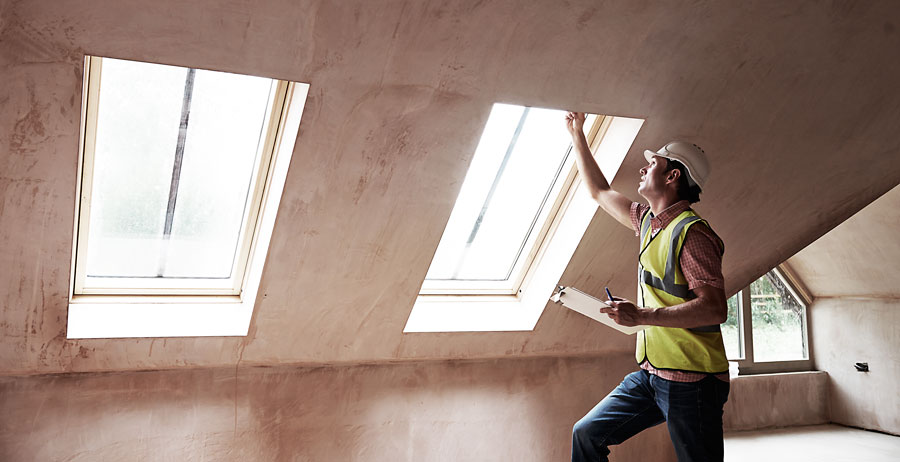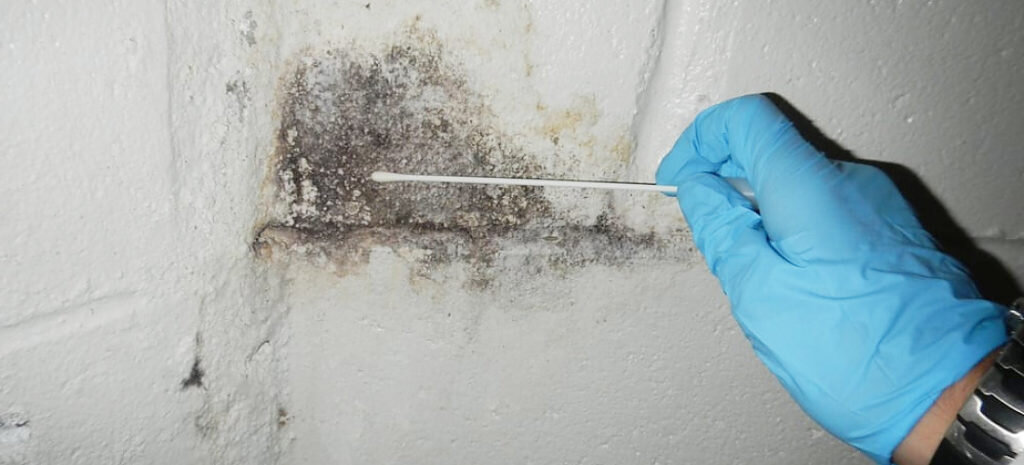Testing Air Quality After Mold Remediation
Testing Air Quality After Mold Remediation
Blog Article
Specialist Tips for Article Mold Removal Success
In the realm of mold removal, efficiently removing mold and mildew is only half the battle; real difficulty depends on stopping its reappearance. Post-remediation initiatives play a critical function in making sure a mold-free atmosphere in the long-term. By sticking to expert pointers and best methods, people can protect their areas against mold renewal and keep a healthy and balanced interior setting. It remains in this stage of the removal procedure that attention to detail and aggressive procedures absolutely make a difference.
Screen Humidity Levels Consistently
After completing mold and mildew removal procedures, preserving optimum humidity degrees is important to prevent mold and mildew re-growth and guarantee a healthy interior setting. High humidity degrees above 60% produce a helpful setting for mold to grow, making regular keeping an eye on an aggressive step to stop any kind of future mold and mildew issues.
Furthermore, establishing a routine schedule for moisture checks, particularly in high-risk locations such as cooking areas, restrooms, and cellars, is a proactive technique to mold avoidance. By consistently keeping track of moisture levels, home proprietors can successfully mitigate the danger of mold reoccurrence and keep a healthy interior environment post-remediation.
Conduct Thorough Inspections Post-Remediation
Following the conclusion of mold and mildew remediation treatments, it is crucial to conduct detailed examinations to validate the effectiveness of the removal procedure. These post-remediation examinations are critical in guaranteeing that the mold and mildew concern has been effectively dealt with which there is no recurrence or continuing to be mold growth. Evaluations ought to be lugged out by certified experts that have expertise in recognizing mold and evaluating interior air quality.
Throughout these evaluations, various techniques such as visual analyses, air tasting, and surface sampling may be used to completely review the remediated areas. Visual analyses entail a comprehensive examination of the facilities to examine for any type of visible signs of mold and mildew growth or water damages. Air tasting assists in establishing the airborne mold and mildew spore degrees, while surface tasting can spot mold and mildew fragments on surface areas.
Implement Appropriate Air Flow Methods
After guaranteeing the effectiveness of the mold removal process through extensive examinations, the following essential action is to concentrate on executing proper air flow strategies. Appropriate ventilation is necessary in avoiding mold and mildew reoccurrence by managing moisture levels and advertising air blood circulation.
Appropriate air flow not just help in protecting against mold and mildew growth but also contributes to the total wellness and convenience of passengers. By ensuring adequate ventilation throughout the residential or commercial property, you can decrease the risk of mold and mildew regrowth and develop a much healthier living atmosphere.

Use Mold-Resistant Materials for Repairs
To enhance the long-term performance of mold remediation initiatives, incorporating mold-resistant products for fixings is important in minimizing the danger of future mold growth. Mold-resistant products are designed to hold up against wetness and hinder mold development, making them a crucial choice for locations vulnerable to dampness and moisture. When repairing areas influenced by mold, utilizing products such as mold-resistant drywall, mold-resistant paints, and mold-resistant caulking can assist protect against mold reappearance.
Mold-resistant drywall is an outstanding choice to conventional drywall in locations like basements and shower rooms where dampness degrees are higher. When exposed to damp conditions, this kind of drywall has an unique coating that withstands mold and mildew development even. Furthermore, making use of mold-resistant paints containing antimicrobial agents can additionally prevent mold and mildew growth on wall surfaces and ceilings.
In areas where wetness is usual, such as restrooms and kitchens, using mold-resistant caulking around home windows, tubs, and sinks can aid secure out water and stop mold and mildew from taking hold in cracks and gaps. By investing in these mold-resistant products throughout fixings post-remediation, you can substantially minimize the chance of future mold and mildew issues and maintain a healthier indoor atmosphere.
Maintain Cleanliness and Address Water Issues
After mold removal, Web Site it is important to keep a clean setting to avoid the regrowth of mold and mildew. Leaks, water invasion, or high moisture levels can develop the perfect reproduction ground for mold and mildew, so it is necessary to repair any kind of water-related issues quickly.
To keep tidiness, think about utilizing HEPA filters in vacuum cleaners and air cleansers to catch mold spores and stop their flow airborne. Moreover, making sure correct air flow in locations prone to moisture buildup, such as cooking areas and washrooms, can help keep humidity levels in check. By remaining watchful about tidiness and addressing water concerns without remove mold smell clothes delay, you can successfully protect against mold and mildew reinfestation and keep a healthy and balanced interior setting.
Verdict

In the world of mold and mildew removal, successfully eliminating mold and mildew is just half the battle; the real challenge lies in preventing its reappearance. After completing mold and mildew removal treatments, preserving ideal humidity degrees is vital to stop mold re-growth and guarantee a healthy interior environment. High moisture degrees above 60% produce a conducive setting for mold and mildew to prosper, making regular keeping an eye on an aggressive step to protect against any future mold concerns.
To enhance the long-lasting effectiveness of mold and mildew remediation initiatives, integrating mold-resistant products for fixings is critical in you could try here minimizing the risk of future mold growth. After mold remediation, it is critical to preserve a clean environment to stop the regrowth of mold.
Report this page